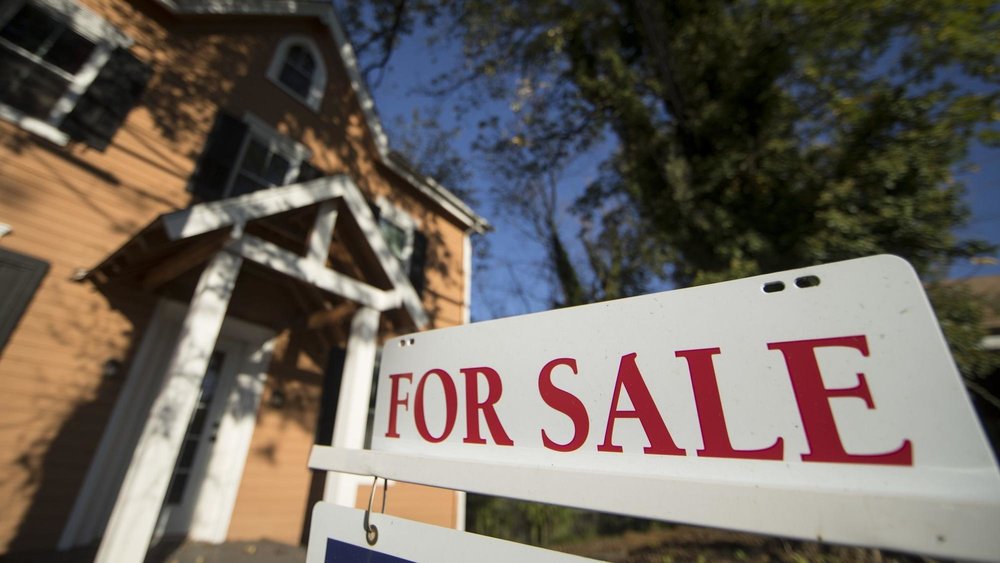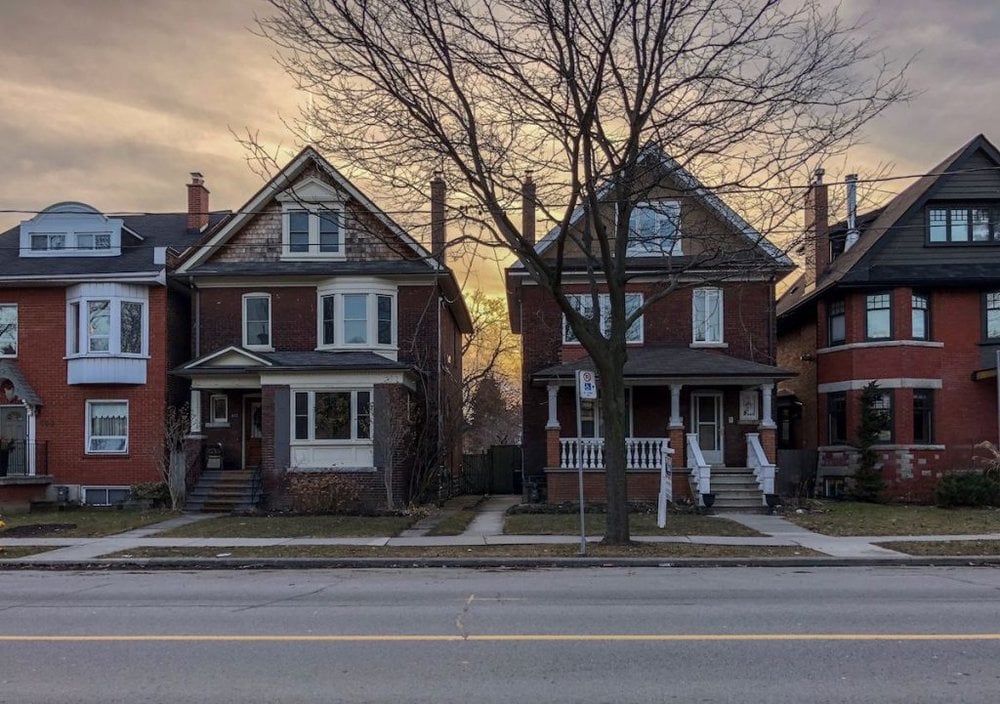
Here Is Why Mortgage Fraud Is Flooding the Housing Market!

There’s no denying that in this day and age, more buyers are looking to get into the housing market, the market itself has become highly competitive, and if that’s not enough, the value of homes has gone through the roof!
In response to these issues, more buyers are slowly but surely turning to mortgage fraud when it comes to purchasing homes.

Mortgage fraud is becoming a serious threat to the value and prosperity of the housing market
Increase in Mortgage Fraud
In fact, the risk of mortgage fraud has increased by a staggering 12 percent by the second quarter of the year, as per the statistics released by CoreLogic. The company dabbles in the measurement and analysis of six indicators of fraud, particularly:
Undisclosed real estate debt
Transactions
Property
Occupancy
Income
Identity
Interestingly, for every 109 mortgage applications, there is at least one that is thought to have a serious indicator/ indications of fraud.
High Demand for Housing
According to the principal of fraud solutions and strategies at CoreLogic, Miss Bridget Berg, the reasons for such underhand tactics is mainly due to the fact that the demand for housing is high, and the home prices are rising through the roof.
Hence, most perpetrators of fraud are proverbial borrowers looking to get a mortgage.
Such bona fide borrowers are ridden with debt issues such as misrepresentations, income falsification, undisclosed down payment sources, and questionable real estate liabilities.
In fact, loan applications for refinancing are less likely to have issues of fraud as compared to loan applications for real estate purchases.

High demand for housing is leading to greater instances of housing fraud
Crippling Interest Rates
Additionally, the presence of high-interest rates has resulted in the slowing down, and rear stalling of refinancing activity in the housing sector
That being said, the biggest fraud risk when it comes to mortgages was reported in income reporting, estimated to be increasing by a whopping 22 percent each year.
Since the market crash of 2008, lenders have become increasingly strict with their limits on the amount of money that can be borrowed by a debtor in comparison to their income.
This has led to some borrowers going to crazy extents of increasing their ‘supposed’ income to be eligible for loans. All this is made possible through the internet.
As a matter of fact, by simply conducting a casual online search, you can get access to a number of online services that will not only showcase such underhand methods, but will further answer these phone calls to confirm the amount of income that you rake in on a daily basis.

There are a number of untraceable websites online that are running fraudulent mortgage activities
A Torrent of Fraudulent Websites
According to Berg, these sites will normally have disclaimers simply stating that it is run solely for novelty issues, or for individuals that have qualifying statements.
Additionally, most of these services are located outside of the United States, making it difficult to trace them. There are also sites where you can improve your line of credit by simply buying credit lines.
These underhand methods not only result in a wide range of issues and consequences for bank and investors, but also taxpayers!
According to a study carried out by government-owned Fannie Mae, mortgage fraud methods are going through the roof.
Technology at the Heart of Fraud
CEO of Blend, a software company that concentrates on the workings of mortgage originators, rise of fraud in the mortgage sector has greatly been influenced by technology.
That being said, she believes that companies should source information and data to determine trustworthy sources such as payrolls given directly from employers, and the likes of a direct deposit stream.
This will ensure that a consumer is in no way giving information that can be doctored or altered.
According to senior mortgage banker based in Maryland, Mr. Matt Lieberman, he is seeing the biggest instance of occupancy fraud in a long time. This is due to activities such as house flipping and the recent increase in rental investments.
Catching Fraud Instances Early
He believes that investors should first investigate the attributes of a given loan so that they can determine whether or not a person is lying in their application. In the event that they get a wind that something is off, the Home Loans Company can then repurchase the loan.
In fact, the regions with the most accounts and risk of occupancy fraud include California, New Mexico, Washington New Jersey, and New York.
Moreover, the survey further discovered that the risk of fraud in loans was higher coming from brokers and lenders. As you know, these individuals do not fund the loan, rather tey collect information on the borrower.
More in Loans & Mortgages
-
Cap Table Management Firm Pulley Gets Featured on Forbes’s Top 50 Fintech Startups
Pulley, a San Francisco-based cap table management firm, is swiftly gaining momentum, challenging industry giants and redefining the landscape for startups...
February 27, 2024 -
Redefining Your Path: 6 Essential Steps for Career Reengineering
So, you’re at a crossroads in your career, contemplating a change that could redefine your professional path or perhaps dreaming of...
February 19, 2024 -
Unsecured Loans: A Deep Dive
When financial needs arise, borrowing money can provide a solution. But which loan products make the most sense for your situation?...
February 16, 2024 -
How to Get Back to Work After a Career Break | 5 Tried & Tested Tips
Taking a career break can feel like you have hit the pause button on a movie. The world continues to move...
February 10, 2024 -
Small-Cap Stocks Could Be Your Biggest Win in 2024 – Here’s Why
In the stock market, where titans like the S&P 500 often steal the spotlight with their record-breaking performances, it is easy...
February 3, 2024 -
4 Things We Learned From the 2024 Golden Globes: A Night of Surprises and Inspirations
The 81st Golden Globes, held on January 7, 2024, was an event that transcended the boundaries of a typical awards ceremony....
January 26, 2024 -
The Path to Wealth: How 3 Productivity Tips Led Me to Multimillionaire Heights
In the pursuit of success, one often encounters the timeless question: How do successful individuals maintain such high levels of productivity?...
January 20, 2024 -
Exciting Career Horizons in 2024: Is Now Your Moment?
As we step into the vibrant landscape of 2024, a question bubbles up in the minds of many: “Is now the...
January 9, 2024 -
Here Are the Top 5 Nickel Stocks to Buy
As you venture into the intriguing world of investing, there is a shiny sector that deserves your attention: Nickel stocks. First...
December 31, 2023














You must be logged in to post a comment Login